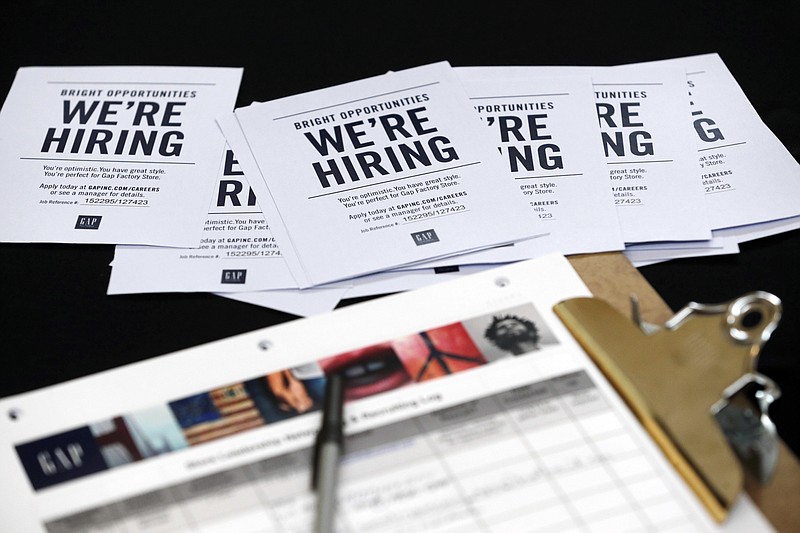WASHINGTON (AP) - How low could the U.S. unemployment rate go?
With employers thought to have hired at a robust pace in November, the jobless rate might have dipped to 4 percent - a level it hasn't reached since 2000 - or even lower.
Economists have forecast that Friday's jobs report will show that employers added 190,000 jobs in November, according to a survey by FactSet. Hiring at that pace would be expected, over time, to lower unemployment.
The Labor Department will issue the November jobs report at 8:30 a.m. Eastern time.
The nation's jobless rate fell below 4 percent for five months in 2000. Before then, it hadn't been so low since 1970. For now, economists have forecast that the rate remained unchanged in November at 4.1 percent.
More than eight years into the recovery from the Great Recession, the economy is expanding at a healthy pace, and in many cases employers are scrambling to hire enough qualified workers. Economic growth topped 3 percent at an annual rate over the past six months, the first time that's happened since 2014. Consumer confidence has reached its highest level since 2000.
In October, employers added 261,000 jobs, though that gain was partly inflated by a bounce-back from hurricane damage in September. Hurricanes Harvey and Irma held job growth in September to just 18,000.
With hiring strong and unemployment low, many analysts expect pay growth to accelerate soon, though there is little evidence it is happening so far in any broad way. Average hourly pay grew just 2.4 percent in October compared with a year ago. The last time unemployment was this low, in 2001, wages were growing at roughly a 4 percent annual pace.
Still, rising confidence among consumers is translating into major purchases. Americans are buying more homes and cars. Auto sales rose 1.3 percent in November compared with a year earlier, to 1.4 million, according to Autodata Corp.
In October, newly built homes sold at their fastest pace in a decade, and existing homes sold at their quickest rate since June.
Businesses are spending more, too: Orders for such long-lasting items as industrial machinery, computers and oil-drilling equipment rose for the third straight month in October.
